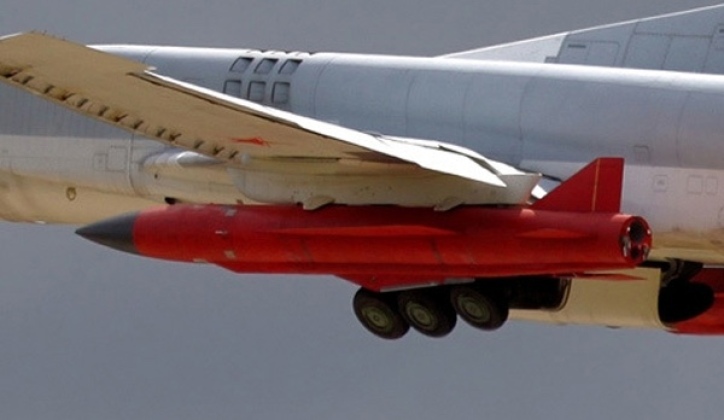News
Three of Russia’s Most Dangerous Missile Classes Used For Strikes Across Ukraine’s Key Defence Industry Targets
The Russian Air Force and Navy on January 8 launched a large “group strike” using a range of missile classes to target Ukrainian military-industrial facilities, according to a report from the Russian Defence Ministry. The Ukrainian Air Force reported that targets were hit in the Kharkov, Dnepropetrovsk and Khmelnitsky regions as well as in the parts of the Zaporozhye region, and that four Kh-47M2 Kinzhal, six 9K720, and eight Kh-22 missiles had all reached their targets. The strike comes as part of a broad escalation in Russian missile attacks on targets across Ukraine from late December, which has included the largest missile strikes ever launched in Russian history. Ukrainian military officials have repeatedly expressed concerns regarding the country’s total inability to intercept the Kh-22 in particular – an air launched cruise missile in service for over 60 years and deployed by Tu-22M3 bombers. While Kh-22s are drawn from massive Soviet stockpiles inherited by Russia and well preserved over the past three decades, the country’s ability to launch strikes using the Kinzhal and the 9K720, the latter being the primary armament of the Iskander-M system, has increased tremendously since early 2022 due to a surge in production of both classes to several times pre-war levels.

Although Ukrainian sources claim the country’s air defences have had some successes intercepting strikes by air launched Kinzhal missiles in the past, this has been widely questioned by international analysts due to the limited capabilities of the air defence systems Ukraine has and the complex semi-ballistic trajectories and high manoeuvrability which increase the Russian missile’s survivability. White House reports indicate that Russia in late December also began to use a much more capable class of ground launched ballistic missile as a longer ranged complement to the Iskander-M system, namely the North Korean KN-23B, which has an 80 percent longer range and carries warheads several times as large. The Russian tactical ballistic missile class considered most difficult to intercept, however, namely the Zircon has not yet been utilised. The missile is deployed from Russian Navy surface ships and submarines, and is expected to begin deployments from ground based launchers after 2025. The missile is one of the very first in the world to use a hypersonic glide vehicle.












